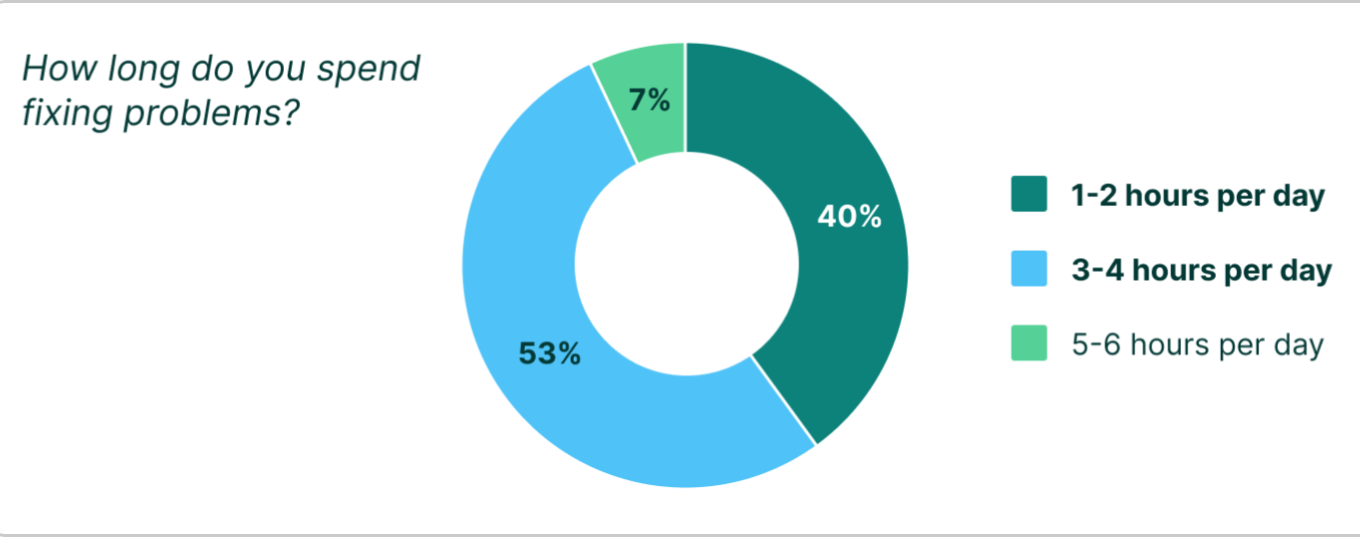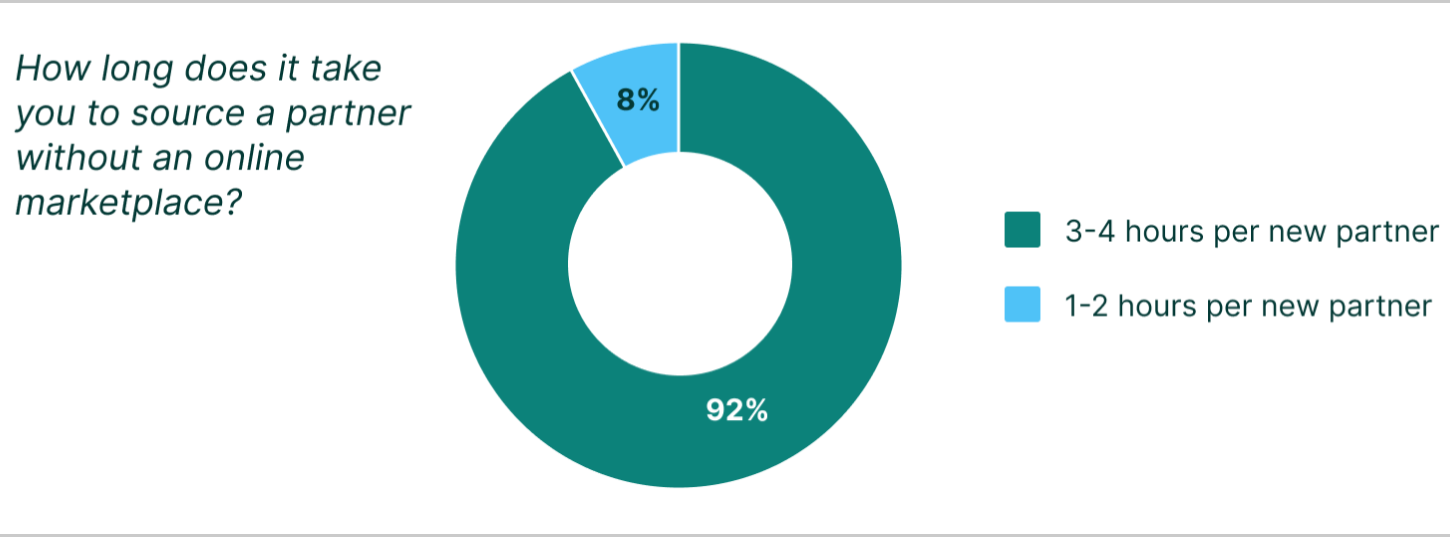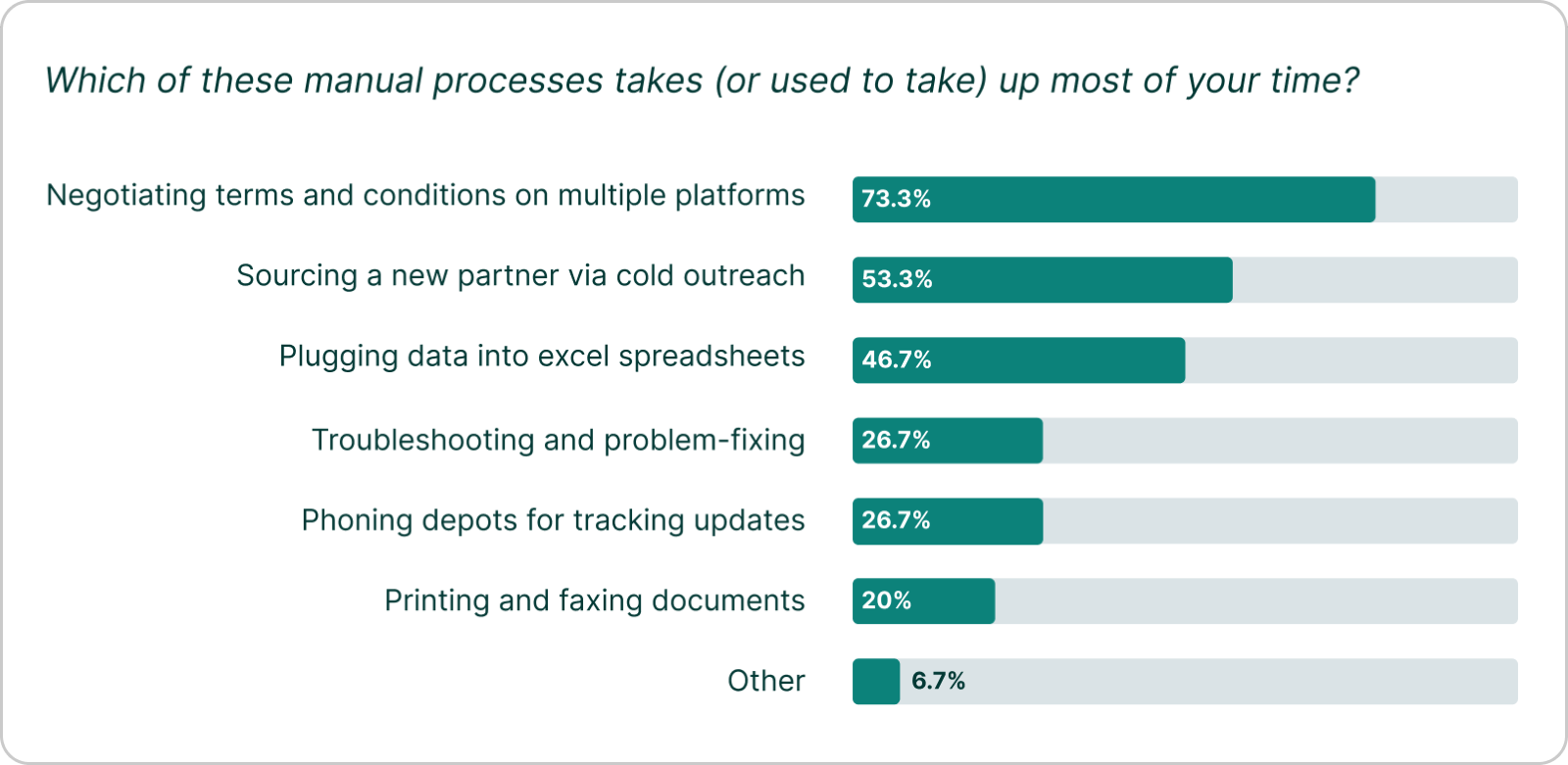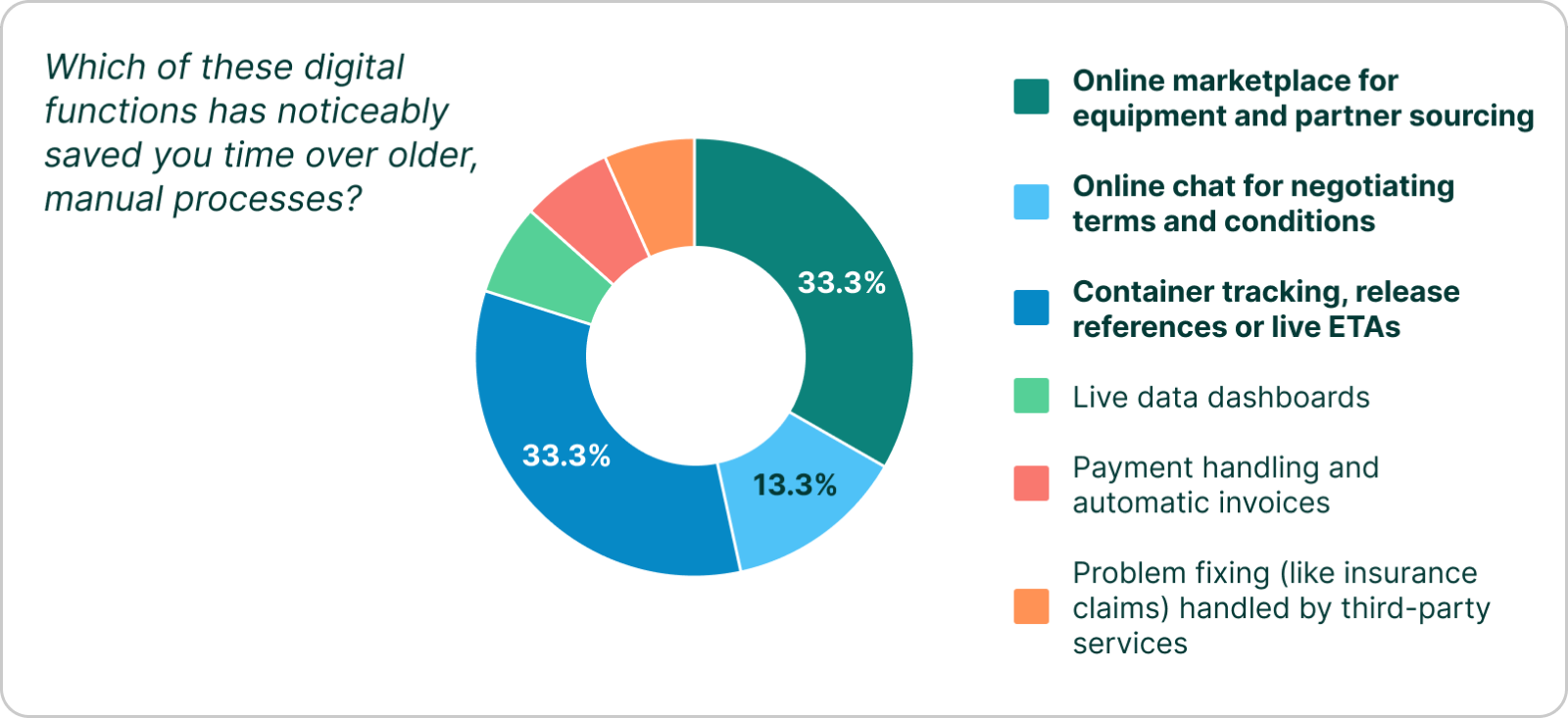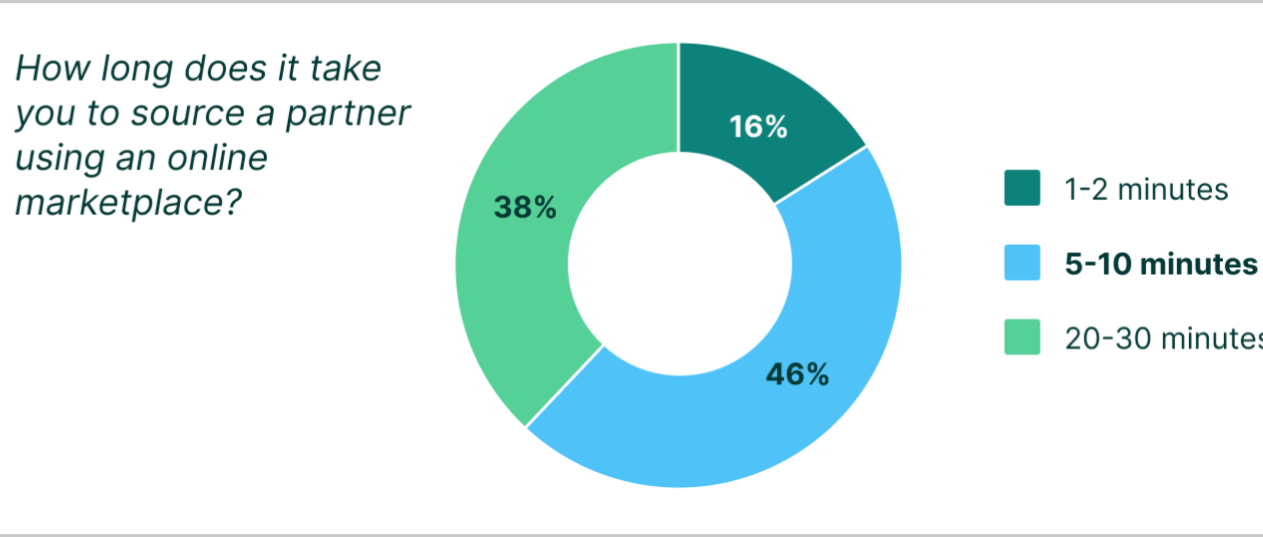Container xChange, a leading authority in the shipping industry, released its second annual “2023 Shipping Industry Trends and Future of Shipping in 2024” report. The report gives an analysis of the key impacts that shaped the container shipping industry in 2023 and provides predictions and scenarios for 2024 with an aim to equip the industry to plan ahead in time for a ‘grumpy’ 2024.
Overall, the report indicates high probability of market recovery failure in 2024. The industry surveys conducted with the supply chain professionals globally indicates that in 2024, the shipping industry is predicted to grapple with persistently reduced demand and oversupply, potentially leading to fiercer competition, further reduced profits, and possible market consolidation. Although container schedule reliability is improving, persistent challenges remain. Blank sailings are expected to rise in response to market volatility, while imbalanced container availability, driven by economic crises, may continue in certain regions.
Planning considerations for container logistics players in 2024 –
1. In the wake of longer-term factors such as inflation, increased interest rates, and a shift in consumer spending patterns from goods to services, cautious consumer spending in 2023 is expected to extend into 2024. This caution is anticipated to impact the demand for imported manufactured products, with implications for the container market. According to PYMNTS research findings, 74% of consumers have reduced nonessential retail spending, influencing the container market for an extended period. Container prices took center stage in 2023, causing concern among stakeholders, and a further decline in demand is expected as the Chinese New Year approaches.
Josilene Mattos, Senior Global Account Manager at Hapag-Lloyd AG, anticipates a stable demand for 2024 and a more balanced market supply, primarily driven by evolving environmental regulations. “Importers in the USA have diversified their sources to include Southeast Asia, India, and Pakistan. This strategic move has proven to be a successful business practice and should be sustained in the years to come. Relying solely on a single source is not advisable, as it allows for the growth of other countries in the production of various products.” said Josilene.
2. Oversupply Risks and Increased Deliveries:
The shipping industry faces the risk of oversupply in 2024 as deliveries are set to increase to 2.95 million TEUs. The surge in deliveries, including “Megamaxes” and “Neopanamaxes,” may lead to intense competition, reduced profits, and potential mergers and acquisitions. Carriers, particularly in North America, are navigating a delicate balance between government-driven demand and rising interest rates. Overordering of ships during the economic boom could create overcapacity, turning 2023’s profits into 2024’s losses. The sector is projected to face challenges to restore supply and demand equilibrium until 2026.
Timothy Renshaw, a shipping industry analyst, highlights the overcapacity issue and the potential disruption of reliable container ship scheduling in 2024. “The North American shipping sector in 2023 is navigating a precarious balance between government-driven demand from programs like the Infrastructure Investment and Jobs Act and rising interest rates aimed at curbing inflation. This has left consumers squeezed, potentially depleting their savings by early 2024, jeopardizing freight demand as capacity increases. Global ocean container companies ordering new ships during the pandemic’s economic boom have created an overcapacity issue that may turn 2023’s profits into 2024’s losses and disrupt reliable container ship scheduling. It’s projected that supply and demand equilibrium won’t be restored until 2026, posing challenges for the industry’s profitability in both the short and long term” said Timothy Renshaw, a British Columbia-based shipping industry analyst and journalist.
3. Geopolitical Uncertainties and Shifts in Trade Routes:
Geopolitical uncertainties in 2023, including conflicts in Ukraine, Taiwan, and Israel, significantly impacted the shipping industry. These effects are expected to persist in 2024, with potential consequences for trade routes. The Russia-Ukraine conflict led to the closure of Black Sea ports, causing congestion and delays in goods transportation. Potential conflicts in the Taiwan Strait and the Israel-Palestine region pose risks to key shipping routes, impacting trading in 2024 and beyond.
The expansion of BRICS countries introduces new dynamics, diversifying trade routes and introducing alternative payment systems. Energy cooperation and resource competition may reshape shipping dynamics, offering both opportunities and challenges for the shipping sector.
4. China Plus One Diversification:
Various factors, including ongoing trade tensions between the United States and China, rising labor costs, and concerns about potential future manufacturing disruptions, are driving companies to diversify away from China. While completely disengaging from China is challenging due to extensive electronic supply chains, companies are making strategic moves to relocate final manufacturing and assembly processes outside of China.
Christian Roeloffs, CEO of Container xChange, notes the expected increase in trade between China and Southeast Asia, India, and other similar destinations. The “China Plus One” strategy is anticipated to show more prominent trends and signs `ZAZ~ZAQS in 2024, with companies seeking additional containers to diversify their supply chains.
Impact and Potential Scenarios in 2024:
1. Reduced Demand and Oversupply Intensify Competition:
The break of alliances, such as Maersk and MSC’s decision not to renew their 2M alliance, marks a significant shift in the industry. The resulting less demand and oversupply may lead to heightened competitive pressures and lower profits. The industry could witness fierce competition for market share among carriers, potentially necessitating further rounds of mergers and acquisitions.
Vladimir Tagasov, Head of Analytics at FESCO, highlights the unique factors setting Russia’s container-shipping market apart from the rest of the world.
2. Container Line Schedule Reliability on the Rise:
Container line schedule reliability is improving, returning to pre-pandemic levels. Although global schedule reliability declined slightly in August 2023, the industry is on a positive trajectory. MSC emerges as the most reliable top-14 carrier in August 2023, followed by Maersk and Hamburg Süd. Despite improvements, challenges persist, and the industry is focused on achieving further enhancements.
Josilene Mattos, Senior Global Account Manager at Hapag-Lloyd AG, emphasizes the influence of evolving environmental regulations on schedule reliability.
3. Blank Sailings to Increase in 2024:
Blank sailings fluctuated in 2023 but are expected to increase in 2024 due to market volatility. Despite being more organized than in the previous year, blank sailings remain a strategy to stabilize market rates and manage demand patterns. Significant fluctuations in blank sailings across major shipping routes reflect the dynamic global shipping industry influenced by factors such as market conditions and disruptions.
Christian Roeloffs, CEO of Container xChange, highlights the challenges posed by the imbalanced container trade and shipping service reliability.
4. Container Availability to Remain Imbalanced:
Economic challenges in the Euro Zone contribute to imbalanced container trade, affecting container availability. The Container Availability Index indicates higher container burdens in ports like Rotterdam. As the Euro Zone grapples with an ongoing economic crisis, the region struggles with the challenge of surplus containers causing repositioning costs exceeding the asset cost.
“In 2023, the Russian container-shipping market differs notably from global trends. It’s characterized by a growing focus on autonomy, an expanding linear service network with new ports and routes, continued state support for exporters, local market imbalances, and high freight rates. These factors combine to set Russia’s container-shipping market apart from the rest of the world” said Vladimir Tagasov, Head of Analytics, FESCO.




















